10 Things That Were Totally Normal In The ’50s But Seem Crazy Now
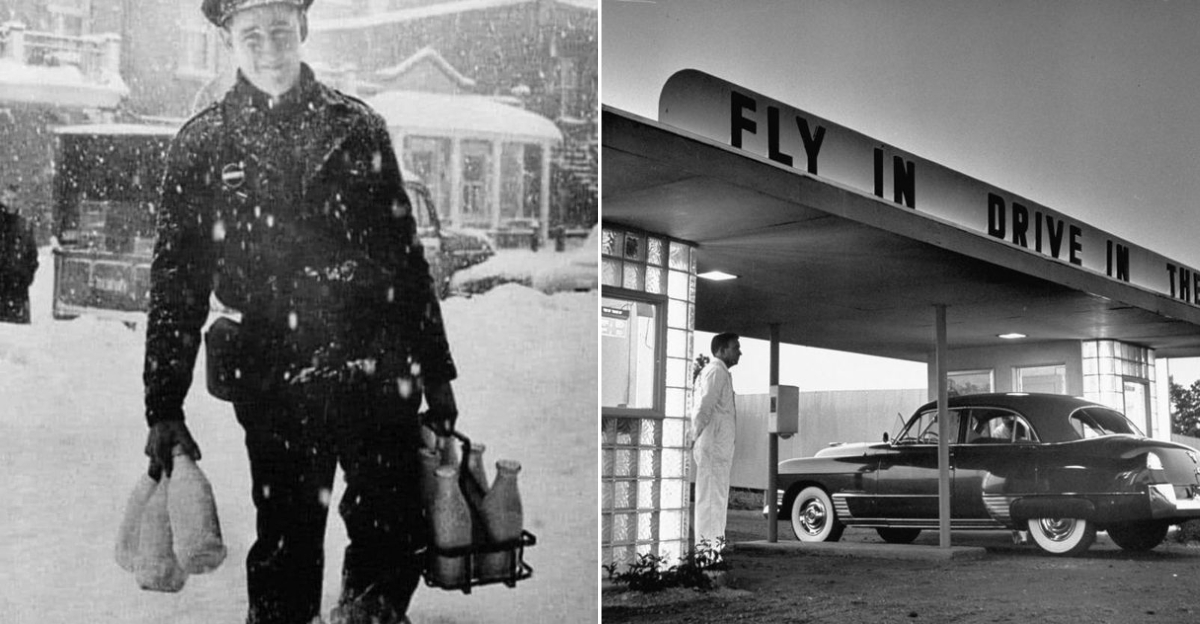
The 1950s, a decade often remembered for its post-war optimism and emerging rock ‘n’ roll culture, was a time of both innovation and peculiar norms.
While many aspects of life during this era set the foundation for the decades to come, some practices and trends now seem downright bizarre.
From fashion choices to household gadgets, the ’50s were full of quirks that reflect a world very different from today. Let’s explore ten things that were completely normal back then but seem rather questionable now.
1. Smoking Everywhere
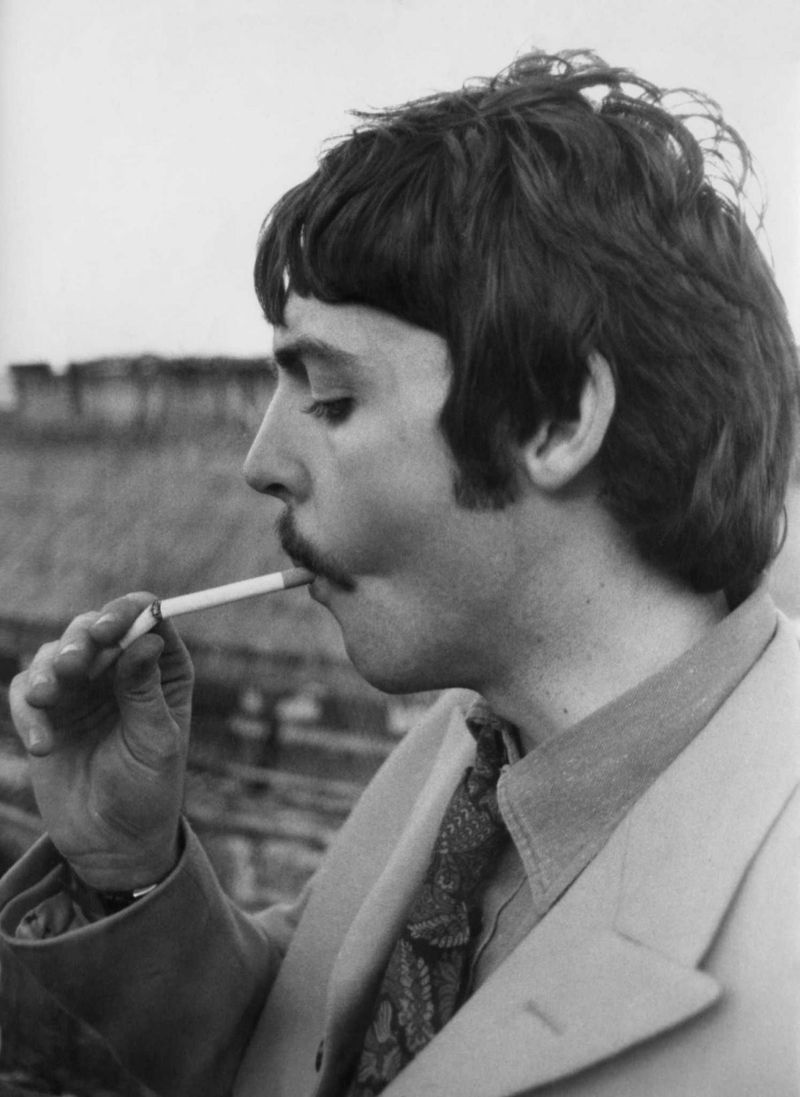
In the 1950s, smoking was as ubiquitous as smartphones are today. It was common to see people lighting up in restaurants, airplanes, and even hospitals.
The haze of cigarette smoke was an accepted part of indoor life, leaving curtains and clothes with a distinctive scent. Today, with our understanding of the health risks, this practice seems astonishingly reckless.
It’s hard to imagine walking into a doctor’s office today and being surrounded by clouds of smoke. Those days are thankfully behind us, replaced by smoke-free environments.
2. Lead in Everything
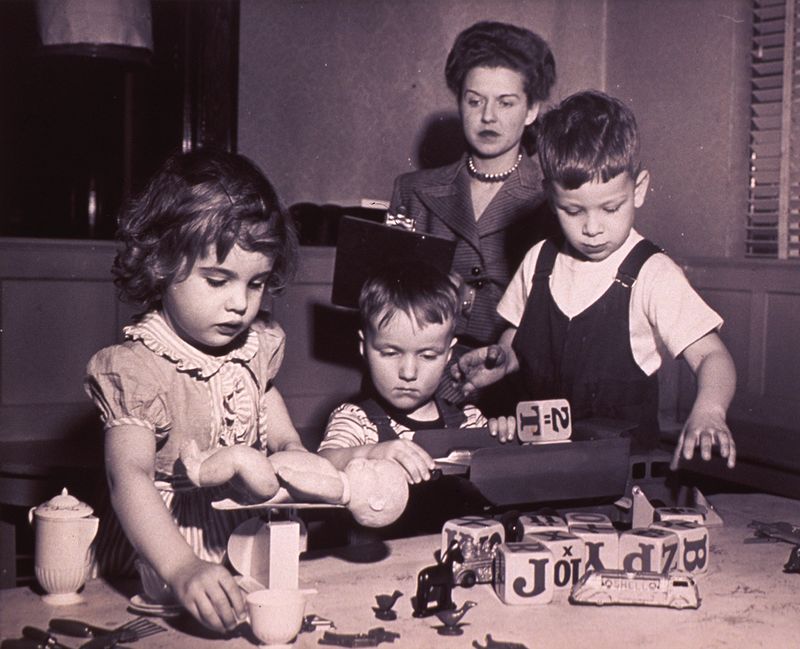
Lead was the magic ingredient in the ’50s, found in paint, pipes, and even children’s toys. It was praised for durability without awareness of its toxic effects.
Homes adorned with lead paint were the norm, posing dangers that only became evident later. Today, the idea of children playing with lead-painted toys is shocking.
Rigorous regulations now ensure that lead is a thing of the past in consumer products. The shift in safety standards is a testament to progress in public health and awareness.
3. Gender Roles in Ads
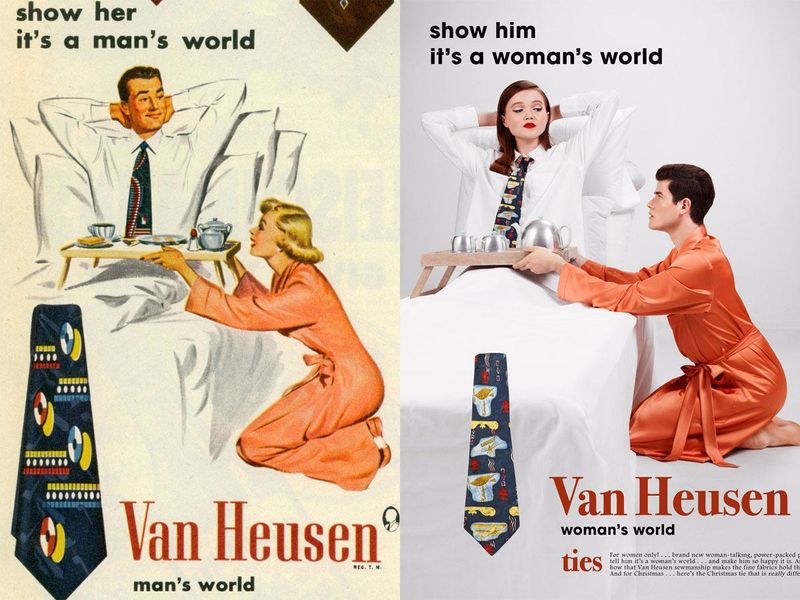
Advertising in the 1950s painted a clear picture of gender roles: men as breadwinners and women as homemakers. Ads glorified women in aprons, epitomizing domestic bliss, while men were shown as authoritative figures.
Such depictions reinforced stereotypes that feel outdated today. The rigid portrayal of roles seems limiting in a world that now embraces gender equality and diverse identities.
Looking back, it’s a reminder of how far we’ve come in challenging norms. Today’s advertisements celebrate individuality, breaking free from those old conventions.
4. Radium Products
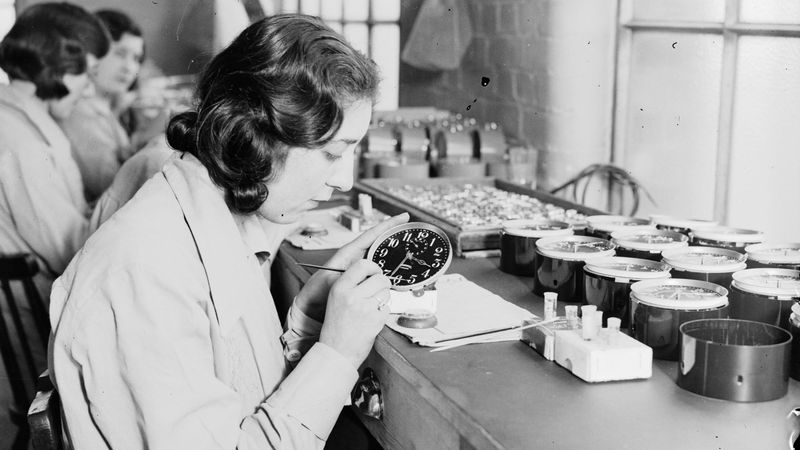
Radium was once hailed as a miracle element, glowing enticingly in products like watches and even beauty creams. In the ’50s, the radioactivity was a novelty, and many were unaware of its dangers.
Companies marketed radium-infused items for their glow, a practice unthinkable today. The harmful effects of radiation are now well-documented, leading to stringent safety regulations.
Imagining a beauty product proudly containing radium seems absurd in the current age. The past fascination with radium serves as a cautionary tale of misplaced trust in technology.
5. Milk Delivery
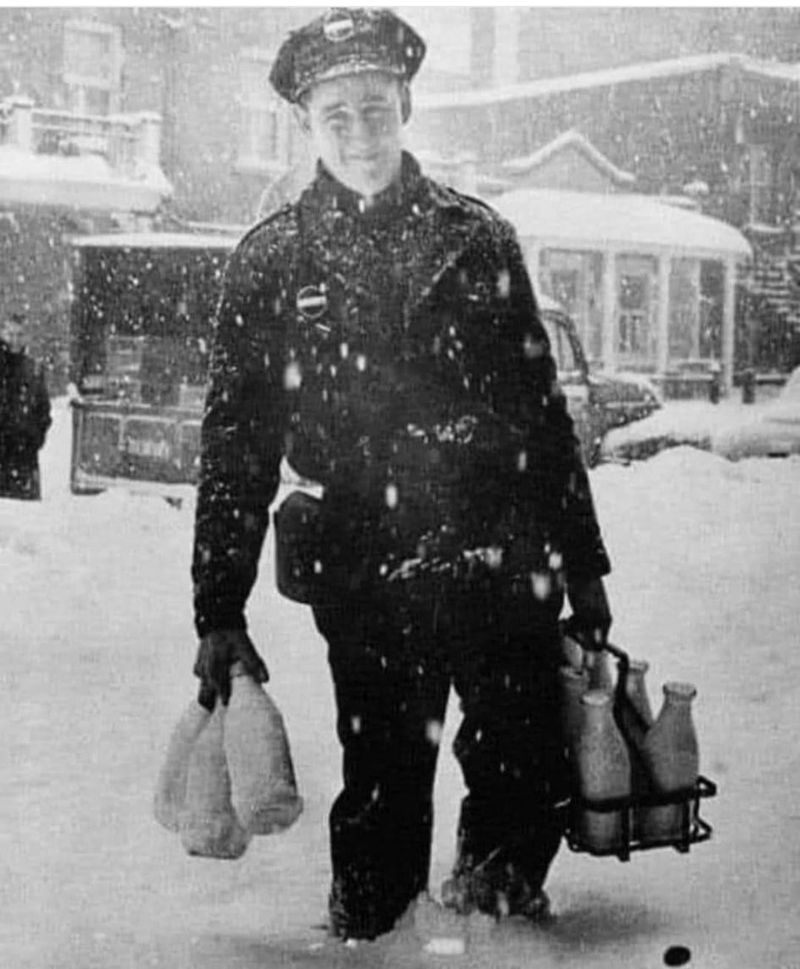
In the 1950s, milk delivery was a daily ritual, with milkmen providing fresh bottles right to your doorstep. Glass bottles clinked as they were placed in special insulated boxes, a convenience now replaced by supermarkets.
This service was part of the morning routine, and you’d often find empty bottles waiting for collection. The personalized touch of a milkman visit is a nostalgic memory, now overtaken by grocery store trips.
The charm of fresh morning milk deliveries has faded, making way for self-service convenience.
6. Separation by Race
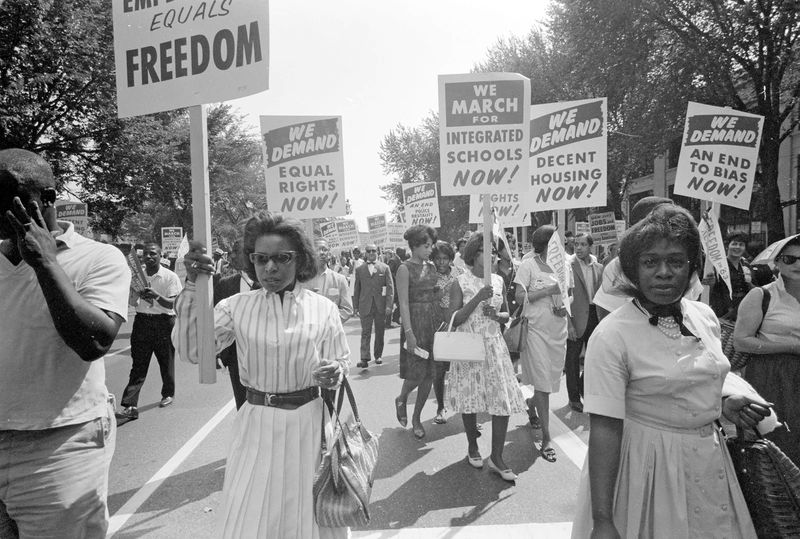
The 1950s were marked by racial segregation, a practice that seems unthinkable today. Separate facilities for different races were legally enforced, from schools to water fountains.
This period of division is a stark reminder of the inequality that was once accepted. The Civil Rights Movement paved the way for change, but reflecting on that era highlights the injustices that were institutionalized.
The notion of segregation is now rejected, as society strives for equality and inclusivity. It’s a testament to progress and the ongoing fight for civil rights.
7. Household Gender Roles
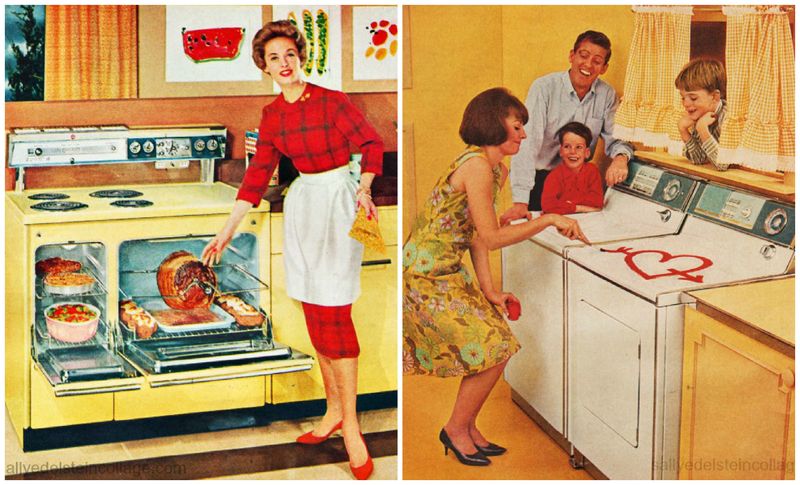
In the 1950s, households ran like well-oiled machines, with clearly defined roles. Fathers often came home to a waiting dinner, meticulously prepared by stay-at-home mothers.
This domestic setup was promoted as the ideal family life. However, today’s perspective recognizes the limitations and pressures of such rigid expectations.
The balance of responsibilities has shifted, acknowledging the value of shared roles in family dynamics.
While the ‘perfect’ 1950s family image is iconic, modern households embrace more egalitarian arrangements, reflecting changing values and gender equality.
8. Cold War Drills
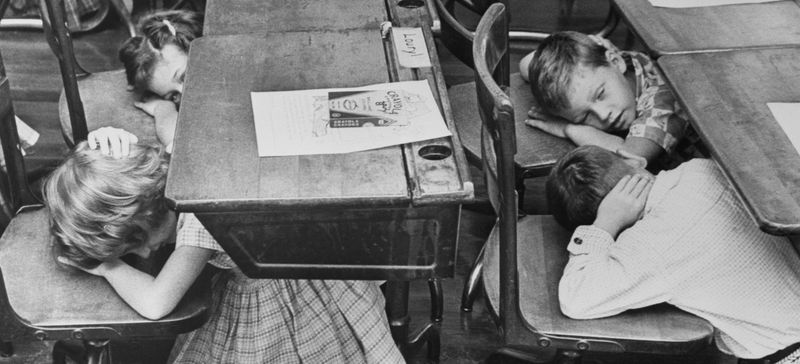
During the 1950s, the Cold War loomed large, and with it came anxiety over potential nuclear threats. Schools conducted “duck and cover” drills, instructing children to hide under desks, a practice meant to protect them during attacks.
This preparedness now seems naïve, given what we know about nuclear weapons’ devastating power. Yet, it was a symbol of the era’s hopes to shield against unimaginable dangers.
Today, such drills are historical curiosities, illustrating the fears of a bygone age and the resilience of those living through uncertain times.
9. Television Antennas
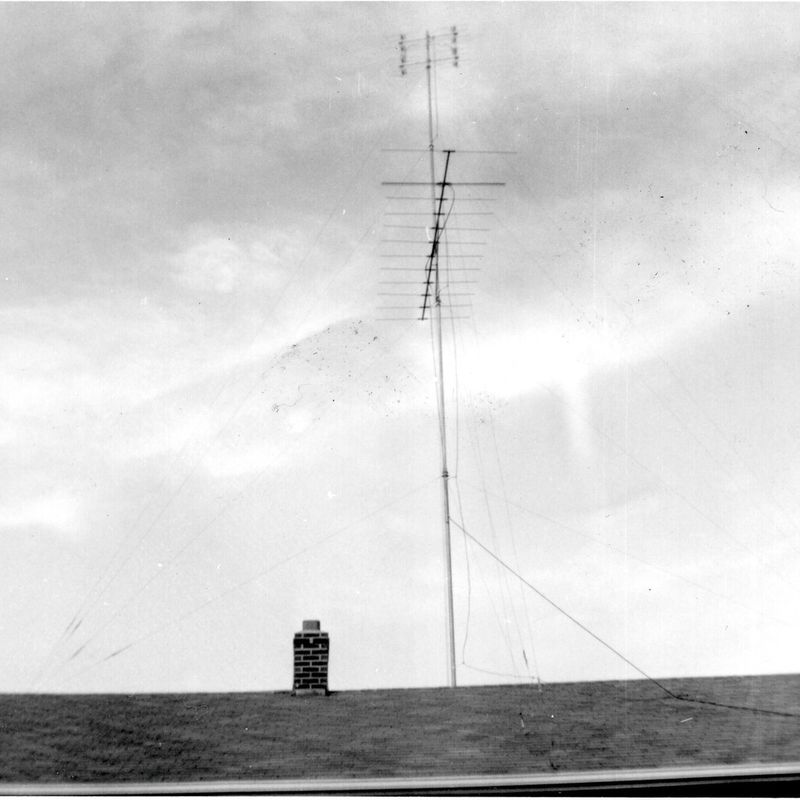
Television antennas, or “rabbit ears,” were a common sight on rooftops in the 1950s, crucial for receiving the few available channels.
Adjusting these antennas was almost an art form, often requiring patience and precision to tune into broadcasts. Today, streaming services have rendered such contraptions obsolete, offering limitless content at the click of a button.
The image of a family huddled around a TV, adjusting the antenna to catch their favorite show, is a charming yet outdated memory. Technology’s rapid evolution leaves antennas as nostalgic relics.
10. Drive-In Theaters
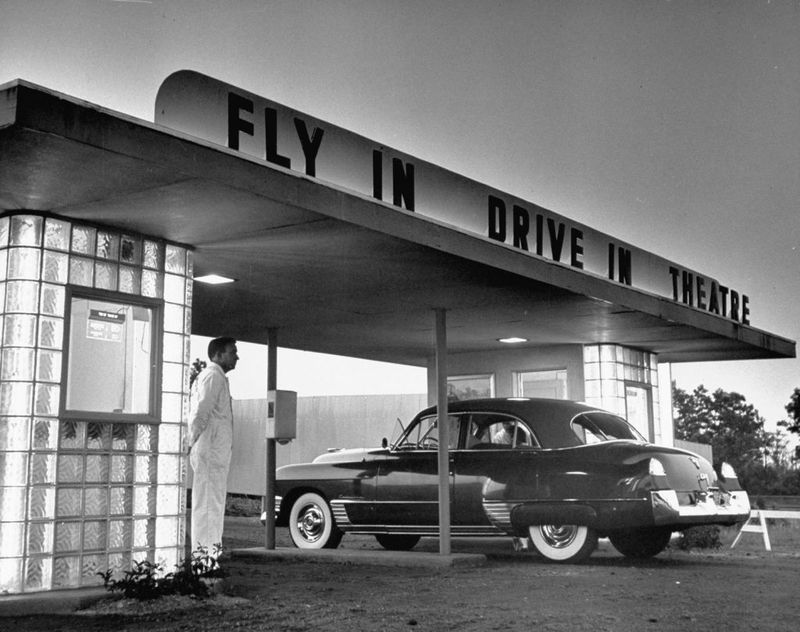
Drive-in theaters were the quintessential 1950s entertainment, blending the love of cars with the allure of cinema. Families and couples flocked to these open-air venues, creating cherished memories under the stars.
As the sun set, cars lined up, and popcorn was passed around, offering a uniquely social movie experience. However, with modern cinemas and home streaming, drive-ins are rare novelties today.
They’ve become symbols of nostalgia, reminders of a time when life was simpler. The charm of drive-ins endures, celebrated in retro-themed events and media.
